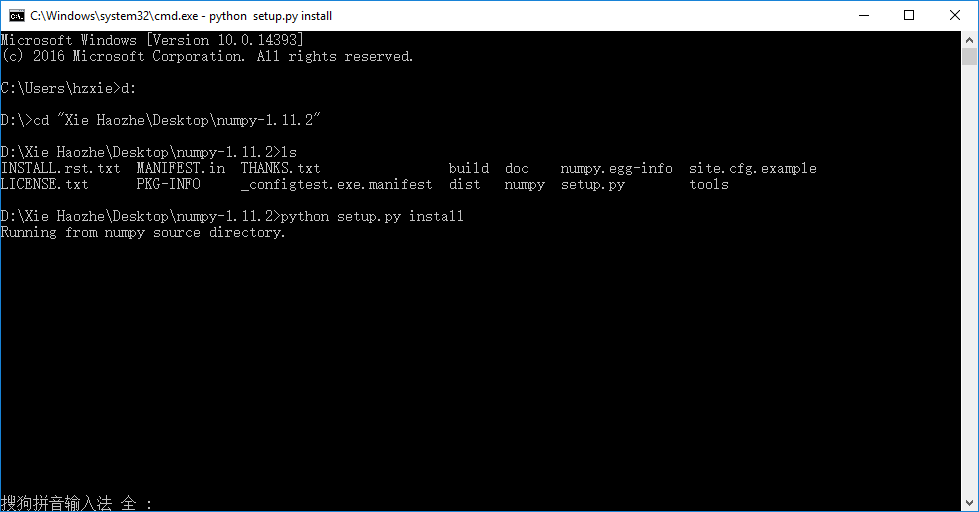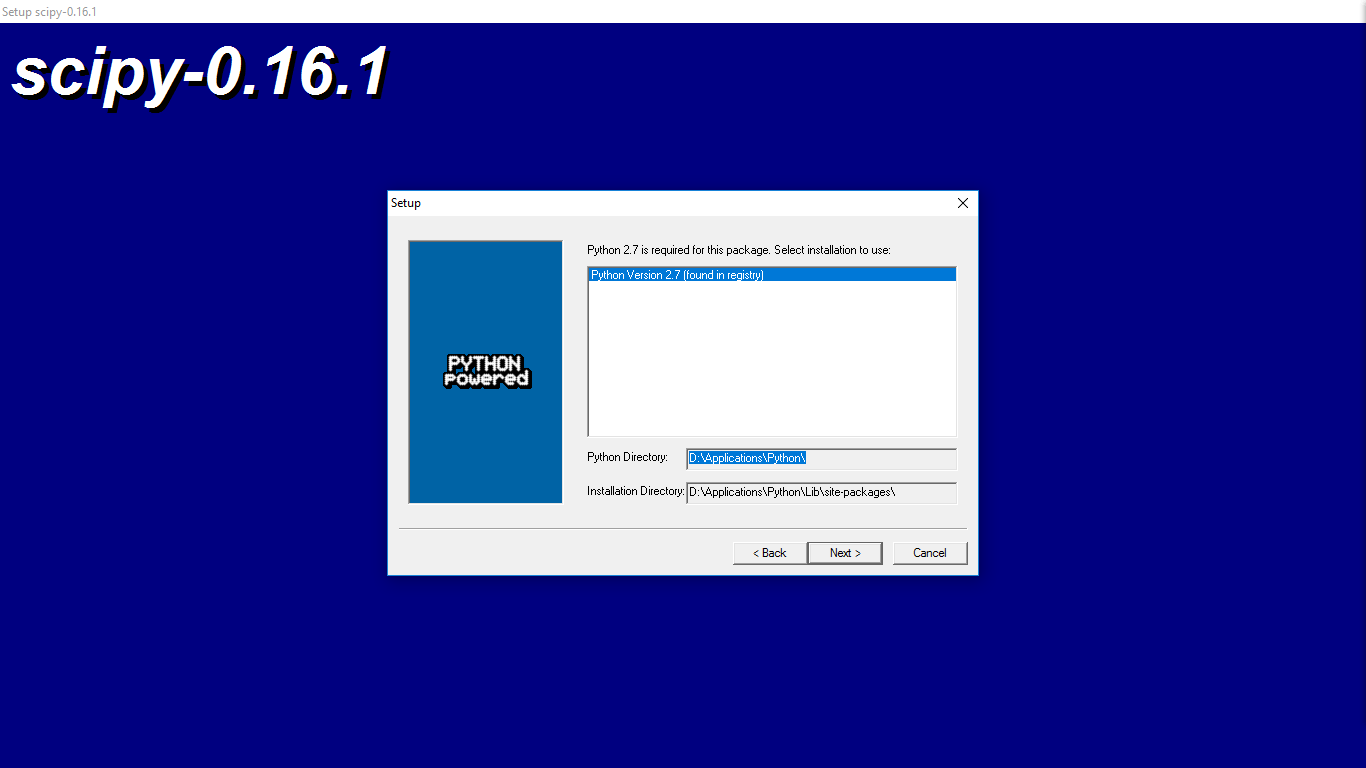In this tutorial, you will be setting up a numerical Python development environment for Windows 10. As you might have already realized, Python is rather simple to set up on a Linux/macOS box but as with many open source-based projects getting up and running on Windows is never trivial.
Good solutions for Windows are Enthought Canopy{.reference.external}, Anaconda{.reference.external} (which both provide binary installers for Windows, OS X, and Linux), and Python (x, y). Both of these packages include Python, NumPy, and many additional packages. However, you can still install these packages manually.
Prerequisites
Before you start, I assume that you have installed Python with pip on your Windows correctly. You need to download the following packages:
- Microsoft Visual C++ Compiler for Python 2.7
- Source Code of Numerical Python (NumPy)
- Source Code of Scientific Library for Python (SciPy)
Install Visual C++ Compiler Package for Python
First of all, we need to install Microsoft Visual C++ Compiler Package for Python 2.7. If you’re using Python 3, according to StackOverflow, there’s no package called Microsoft Visual C++ Compiler Package for Python 3. You need to install Visual Studio Community 2015 or compile the source code of Python.
Install NumPy
After you download the source code of NumPy, please run the following command to install it:
python setup.py install
Install SciPy
You can install SciPy easily by running the executable file:
Test Your Installation
After you finish installation, you can test them in Python’s interactive shell:
import numpy
import scipy
You can also install other packages normally using pip:
pip install scikit-learn




The Disqus comment system is loading ...
If the message does not appear, please check your Disqus configuration.